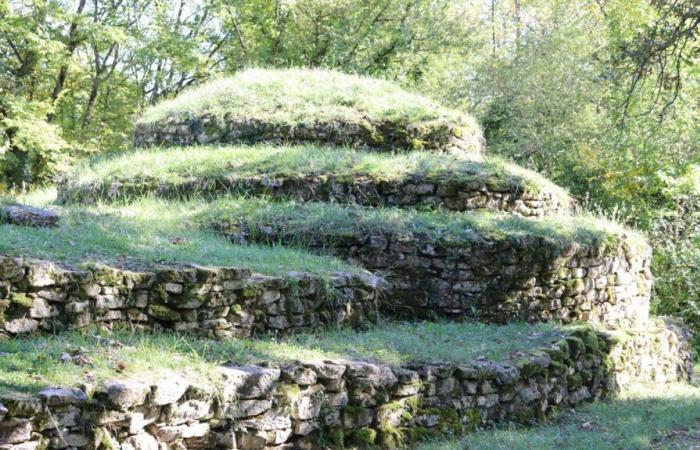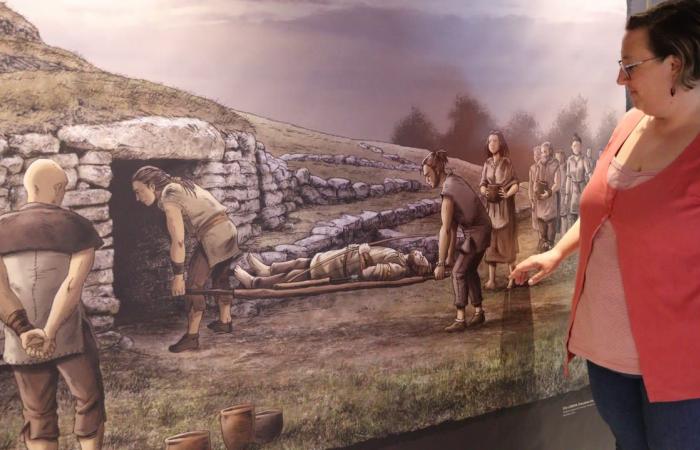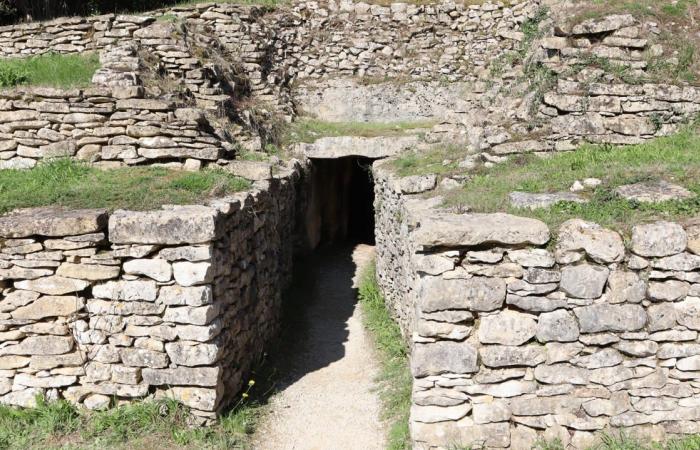All things considered, the tumulus of Bougon are a bit to Deux-Sèvres what the pyramids are to Egypt. This megalithic necropolis built around 6,000 years ago (i.e. 2,000 years before the pyramids) is very well known, thanks to the museum which was built to showcase it, while retaining a large part of mysteries, both about its numerous builders and on those who had the privilege of being buried there.
Thirty-six years after the last excavations, progress in paleogenomics is however marking a turning point in knowledge of the site, providing researchers with the genetic identity card of some of the deceased.
The bones of 186 individuals were entrusted two years ago to the Pacea laboratory at the University of Bordeaux, and the first results are arriving. They were revealed on Saturday October 5, 2024, during the Néodyssey meetings, which take place at the Tumulus Museum as part of the Science Festival (they continue on October 12 and 13).
“The first results of the analyzes concern ten men and nine women who were buried in the tumulus Eexplains Aurélie Jalouneix, curator of the museum. We are beginning to be able to answer the question that all visitors ask us: who were the people buried here. Men are related but women are not, which suggests that there were a number of rules for marriages. »
Tumulus E, where the first bones analyzed came from.
© (Photo NR)
“This shows a patrilineal society, in which women came from other communities to avoid inbreeding. We suspected it but now we have proof, continues Vincent Ard, researcher at the CNRS. DNA gives us family ties, it’s a revolution for archaeology. It also gives us the phenotype, in other words the color of the eyes, hair, etc. »
In the museum, this artist’s impression represents a burial. On the right, Aurélie Jalouneix, the curator.
© (Photo NR)
This DNA will be able to continue to speak
Reading such ancient DNA remains a delicate operation: “We look for it in the petrous bone, the bone of the ear canal, which is very dense and preserves DNAexplains Rowan Welti, who carried out these analyzes as part of her master’s degree in evolutionary biology, with archaeogenetics researcher Maïté Rivollat. I sequenced around forty samples to have around twenty usable ones. We can investigate family ties and get an idea of the social structure of the time, the rules of unions and filiations. By crossing these biological data with archaeological data, we obtain an overall view. »
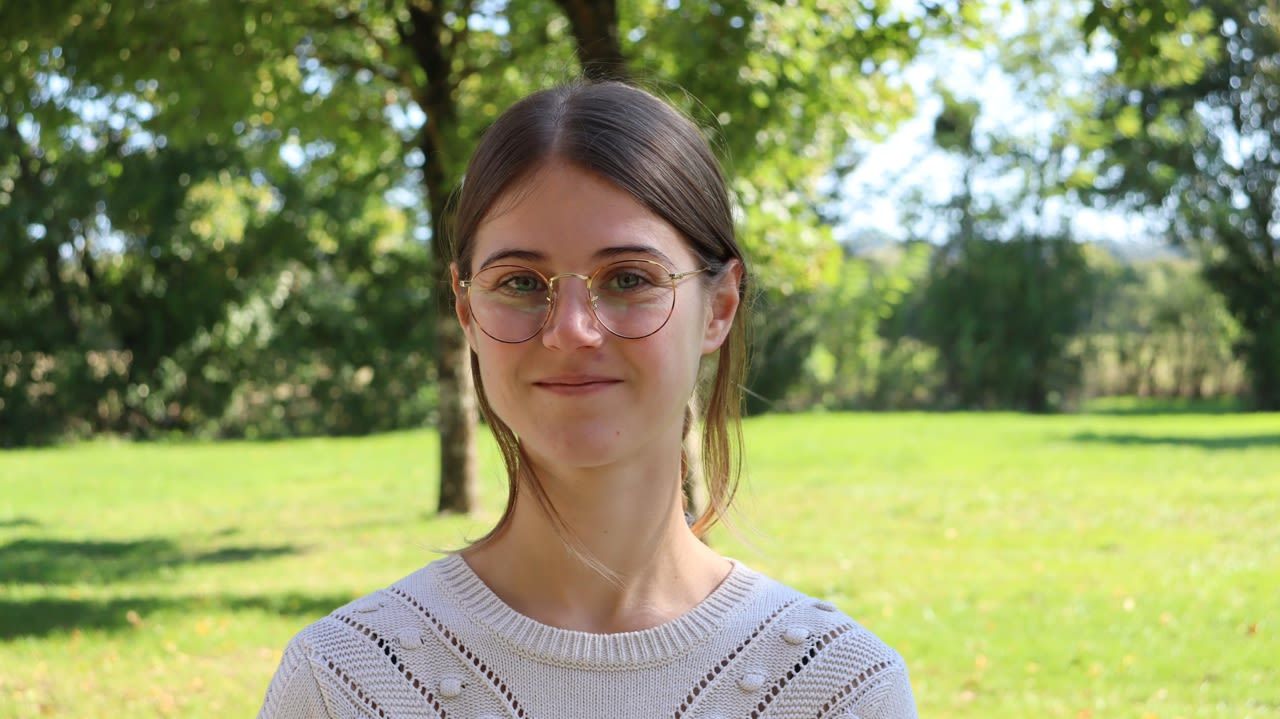
DNA analyzes carried out by Rowan Welti provide new information on the bodies found in the Bougon mounds.
© (Photo NR)
The work presented at Bougon has not yet been published. Ultimately, the identity card of these distant Deux-Sévrian ancestors will be accessible to all researchers in a database, making it possible in particular to trace population movements at the time.
This DNA will be able to continue to speak: “Sequencing methods and bioinformatics tools are improving every dayindicates Rowan Welti, we all hope to get more information in the future. »
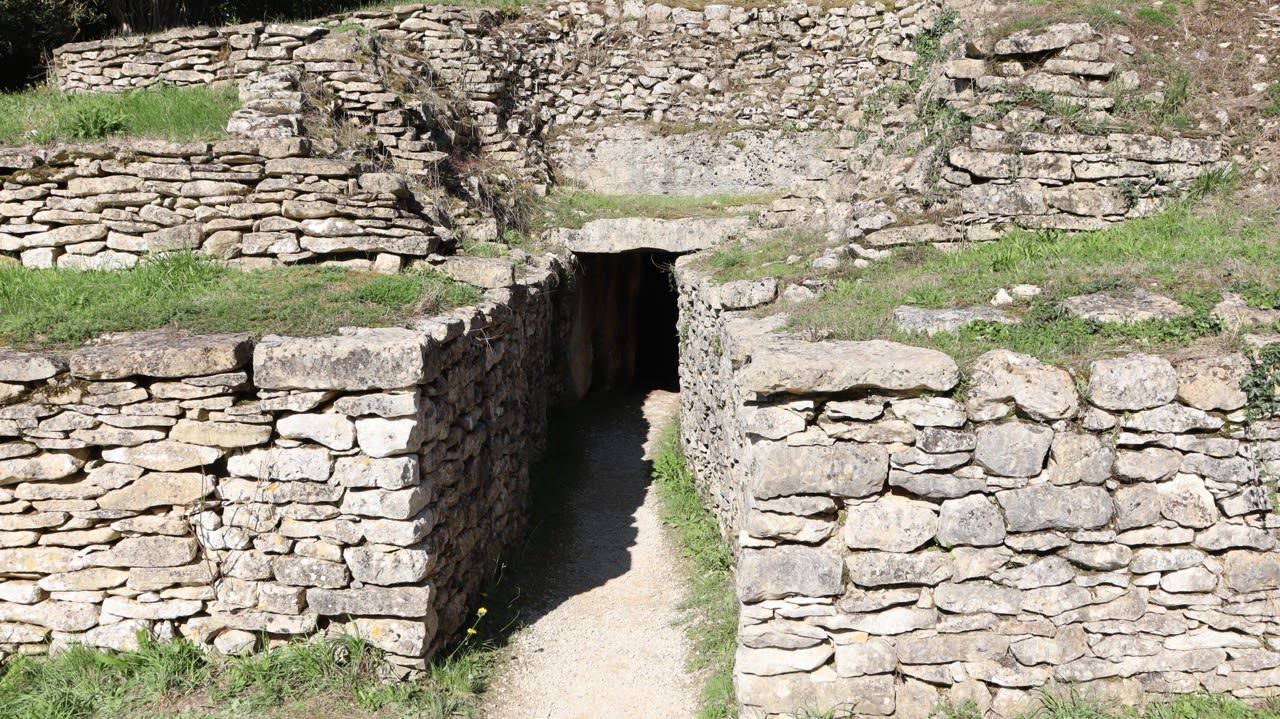
Tumulus A has been the subject of excavations since the 18th century. The bones were unfortunately not preserved by the pioneers of archeology.
© (Photo NR)
The bones of the 186 individuals come from the different mounds on the site, with the exception of the large mound A. “He was searched first, on the 18the century, the bones had not been preserved at the time »regrets Aurélie Jalouneix. Great hopes are now being pinned on new excavations, planned for next year, on a part of the site which has never before been explored.
The Néodyssey meetings continue on October 12 and 13 at the Tumulus Museum, in Bougon, with guided tours (including those of the reserves, upon registration), workshops (adults and children), demonstrations (habitat, axes), exhibitions and conferences. Event open to the general public, free. Website: www.tumulus-de-bougon.fr
Resumption of excavations in 2025
Stopped in 1988, archaeological excavations should resume in 2025 on the Bougon tumulus site. A geophysical prospecting campaign (with a device to scan the subsoil) has indeed revealed the hitherto unsuspected remains of four large houses close to the necropolis. “It was quite unexpected to find them so close and so quickly, from the first prospecting”smiles the museum director, Aurélie Jalouneix. “This habitat is undoubtedly contemporary with the construction of the necropolisunderlines researcher Vincent Ard, one of the objectives will be to understand how these people lived. »

